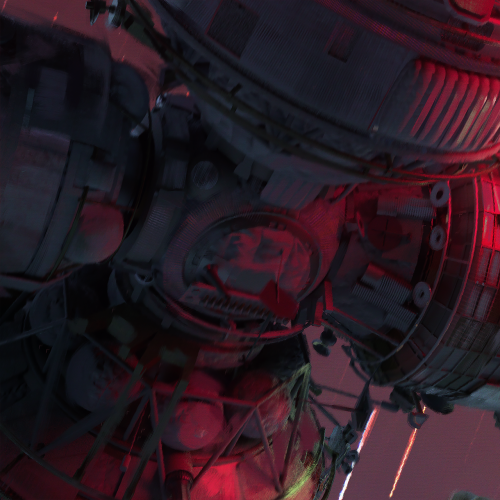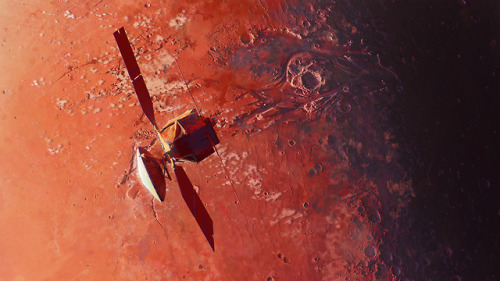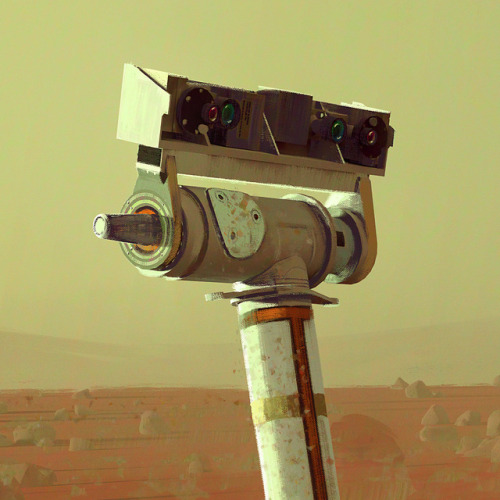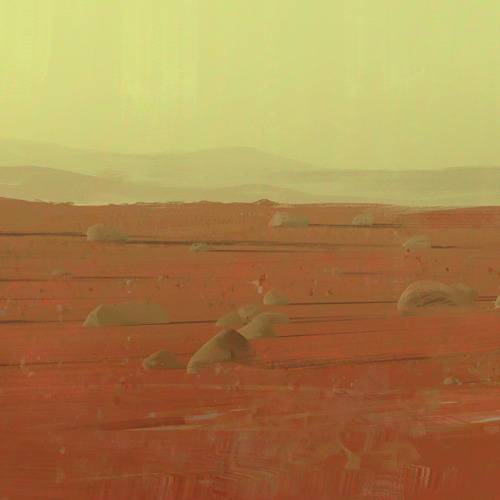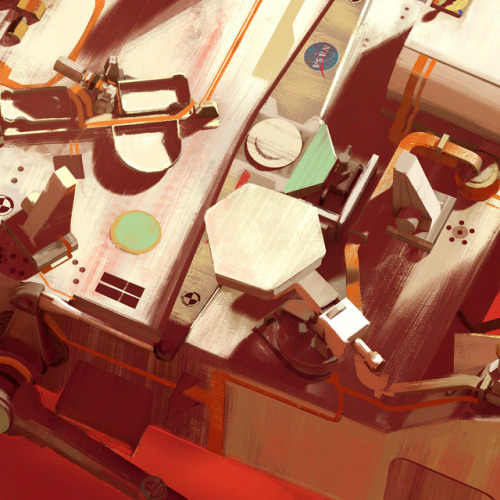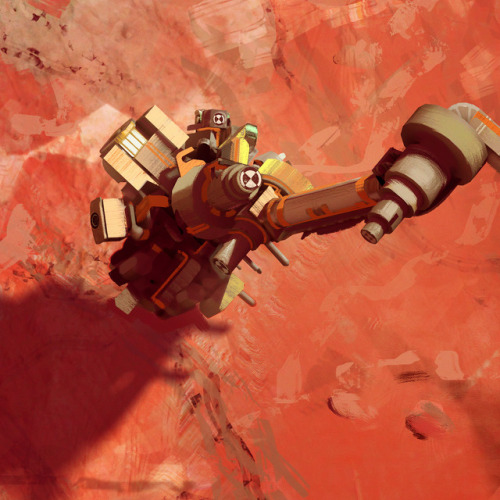#space mission

James Webb Space Telescope. Credit: NASA/Chris Gunn
By Shardell Joseph
A team of NASA astronomers will observe dwarf galaxies and properties of dark matter using the newly completed James Webb Space Telescope. Fully assembled in late this year, the telescope was joined by two halves amounting to $9.7bln, and is scheduled to launch in March 2021.
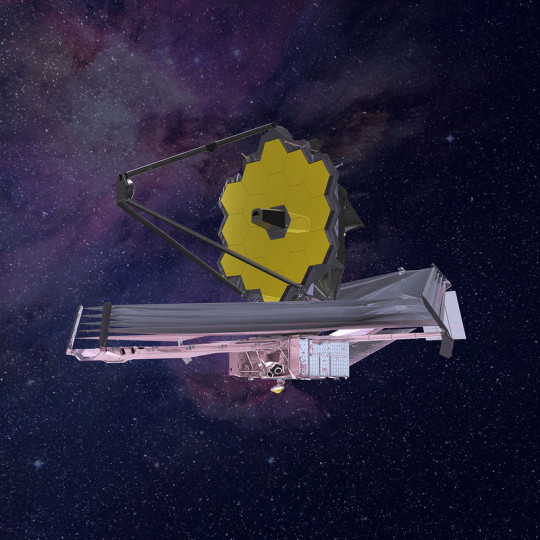
Artist conception of James Webb Space Telescope. credit: Northrop Grumman
‘The assembly of the telescope and its scientific instruments, sunshield and the spacecraft into one observatory represents an incredible achievement by the entire Webb team,’ NASA Goddard Space Flight Centre Webb Project Manager, Bill Ochs, said in a statement.
‘This milestone symbolises the efforts of thousands of dedicated individuals for over more than 20 years across NASA, the European Space Agency, the Canadian Space Agency, Northrop Grumman and the rest of our industrial and academic partners.’

Primary mirror segment testing. Credit: NASA/MSFC/David Higginbotham
The telescope will be used to conduct two separate studies – to observe dwarf galaxy companions to the Milky Way and the nearby Andromeda Galaxy. According to NASA, studying these small companions will help scientists learn about galaxy formation and properties of dark matter, which accounts for 85% of matter in the universe.
To observe these distant never-seen-before parts of the universe, the Webb observatory is equipped with an arsenal of revolutionary technologies. NASA claims it to be the most sophisticated and complex space science telescope ever created. Among the most challenging of these technologies is the five-layer sunshield, designed to protect the observatory’s mirrors and scientific instruments from light and heat, primarily from the Sun.

Webb Telescope Crew Flexes Robotic Arm at NASA. Credit: NASA/Chris Gunn
According to NASA, Webb has passed other deployment tests carried out during its construction. Technicians used gravity-offsetting pulleys and weights to simulate zero-gravity, which would be encountered in space. This deployment was carefully monitored, tensioning each individual layer, and technicians concluded that once in orbit, they will function flawlessly.
‘This test showed that the sunshield system survived spacecraft element environmental testing, and taught us about the interfaces and interactions between the telescope and sunshield parts of the observatory,“ said NASA Webb Telescope Sunshield Manager, James Cooper. ‘Many thanks to all the engineers and technicians for their perseverance, focus and countless hours of effort to achieve this milestone.’

The James Webb Space Telescope’s Sunshield Membrane. Credit: Northrop Grumman Aerospace Systems
Forboth programmes, the Webb telescope will be tested for its accuracy and precision. ‘It’s a very tricky situation, because basically what we want to measure are very tiny motions,’ explained co-investigator Andrea Bellini of STScI. ‘The accuracy we want to achieve is like measuring something that moves a few inches a year on the surface of the Moon, as seen from Earth.’
There is excitement around the development of the telescope as it will have the capacity to solve mysteries in our solar system, look beyond to distant worlds around other stars, and probe the mysterious structures and origins of our universe and our place in it.

Gold-coated Engineering Design Unit (EDU) Primary Mirror Segment. Credit: Drew Noel
Fictional mission / Space That Never Was / Alternate timeline
Two cosmonauts conducting a spacewalk to replace damaged piece of equipment mounted on the outer hull of the Ambition 2 spacecraft.
Ambition 2 / Mars-Phobos
In the mid 80s, international cooperation between USSR, USA, Japan and a few European countries resulted in a follow-up to successful Ambition 1 mission from a few years earlier. This time the goal was to visit and explore one of Mars moons, Phobos, in hope to find a suitable place for a permanent base on its surface, which would be built by the crew of Ambition 3, mission that would launch in late 1980s.
-
As always, prints of my artworks are available in my print shop at Artstationand at Displate.com
Post link
Real space mission / Illustration
I was digging through my archives and I found this, a little bonus for you all - never before posted Mars Reconnaissance Orbiter artwork.
Here you can find a 4k resolution wallpaper size.
Also, a little update - I’ve been pretty busy with work stuff lately, but hopefully, soon I’ll have some more spare time to finish most of the Space That Never Was projects that has an “in progress” status, so stay tuned!
And a little reminder - you can find me on all kinds of social media:
facebook-https://www.facebook.com/maciej.rebisz
twitter-https://twitter.com/voyager212 - general updates
artstation- https://www.artstation.com/mac - art
society6-https://society6.com/macrebisz - prints
Post link
Real space mission
Another one in my Martian rovers series. This time it is, now nonoperational, Mars Exploration Rover “Spirit”, which roved Mars for over 5 years until it got stuck in a soft soil.
Spirit, also known as MER-A(Mars Exploration Rover – A) or MER-2, is a robotic rover on Mars, active from 2004 to 2010.[1] It was one of two roversofNASA’s ongoing Mars Exploration RoverMission.
Learn more about this mission on official NASA websiteandWikipedia.
Prints of this and other artworks are available in my society6.comanddeviantART.comshops.
Post link
Real space mission
Mars Science Laboratory “Curiosity” rover.
Learn more about this mission on official NASA website and Wikipedia.
Prints of this and other artworks are available in my society6.comanddeviantART.comshops.
Post link
Mission to Europa
Scientist Steven Squyres is given a “blank check” and asked how he would direct the exploration of the Jovian satellite, Europa. Observations of the moon lead scientists to believe that there is a liquid water ocean underneath miles of ice. Coupled with the discovery of organisms thriving around geothermal vents deep within our own seas, many scientists are eager to look beneath the surface of Europa for signs of extraterrestrial life.

Cosmos Discovery, Warsaw, Poland
Launch to Lovejoy | APOD
Blasting skyward an Atlas V rocket carrying a U.S. Navy satellite pierces a cloud bank in this starry night scene captured on January 20. On its way to orbit from Space Launch Complex 41, Cape Canaveral Air Force Station, planet Earth, the rocket streaks past brightest star Sirius, as seen from a dark beach at Canaveral National Seashore. Above the alpha star of Canis Major, Orion the Hunter strikes a pose familiar to northern winter skygazers. Above Orion is the V-shaped Hyades star cluster, head of Taurus the Bull, and farther still above Taurus it’s easy to spot the compact Pleiades star cluster. Of course near the top of the frame you’ll find the greenish coma and long tail of Comet Lovejoy, astronomical darling of these January nights.
Post link






